The journey
is the destination.
Northern Cyprus is a still undiscovered tourist destination which can offer beautiful solitary beaches with turquoise sea, excellent Cypriot/Turkish cuisine and hospitable hosts, and is definitely to be recommended when all the other destinations are still cold and the sea not suitable for swimming. Here you can experience bad weather for only 25 days a year. Can you think of a better recommendation than that?
Cyprus is worthy
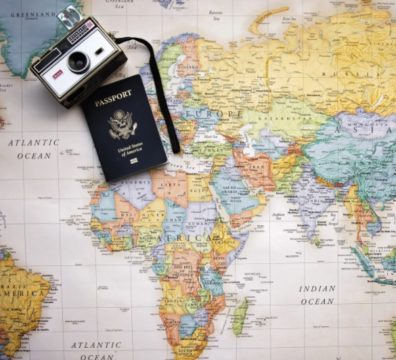
Location
The island is located in the eastern part of the Mediterranean and in the Eurasian part. Cyprus is located in the south of Turkey and leads from the east to the east, from the west to Greece and from the south to Egypt.

safety
The security systems in this country are improving day by day, so it can be easily concluded that the country of Northern Cyprus can be considered a very safe place to live. The country has the best security systems for children so that children can enter the field of education and development without any threat.
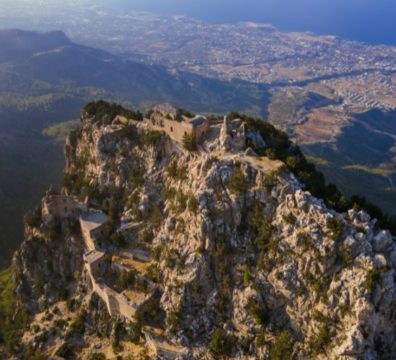
geographical strategy
Various sources have listed Cyprus geographically, sometimes as part of Europe, sometimes as part of West Asia, and sometimes in the Middle East. Cyprus has hot, dry summers and mild winters. About 12.% of its land is under cultivation and it contains citrus, potatoes, wheat, olives and barley.
General information about tourism in Northern Cyprus
Northern Cyprus has an area of 3,355 square kilometres (1,295 sq mi), which amounts to around a third of the island. 75 kilometres (47 mi) to the north of Northern Cyprus lies Turkey with Syria lying 97 kilometres (60.3 mi) to the east. It lies between latitudes 34° and 36° N, and longitudes 32° and 35° E.
The winter in Northern Cyprus is cool and rainy, particularly between December and February, with 60% of annual rainfall. These rains produce winter torrents that fill most of the rivers, which typically dry up as the year progresses. Snow has been known to fall on the Kyrenia Range, but seldom elsewhere in spite of low night temperatures. The short spring is characterised by unstable weather, occasional heavy storms and the “meltem”, or westerly wind. Summer is hot and dry enough to turn low-lying lands on the island brown. Parts of the island experience the “Poyraz”, a north-westerly wind, or the sirocco, a wind from Africa, which is dry and dusty. Summer is followed by a short, turbulent autumn.
Climate conditions on the island vary by geographical factors. The Mesaoria Plain, cut off from the summer breezes and from much of the humidity of the sea, may reach temperature peaks of 40 to 45 °C (104 to 113 °F). Humidity rises at the Karpaz Peninsula. Humidity and water temperature, 16 to 28 °C (61 to 82 °F), combine to stabilize coastal weather, which does not experience inland extremes. The Southern Range blocks air currents that bring rain and atmospheric humidity from the south-west, diminishing both on its eastern side.
Tourism is considered one of the driving sectors of the Turkish Cypriot economy. The country received over 1.1 million tourists in 2012, when hotels and restaurants generated an income of $328 million and constituted 8.5% of the GDP. Accommodation and catering created more than 10,000 jobs in the same year. The tourism sector has seen great development in the 2000s and 2010s, with the number of tourists more than doubling, increased investment and hotel construction; official estimates of income derived from tourism were around 700 million US dollars in 2013 and the total bed capacity was estimated to be around 20,000.
Kyrenia is considered the capital of tourism in Northern Cyprus, with its numerous hotels, entertainment facilities, vibrant nightlife and shopping areas. In 2012, 62.7% of the visitors in Northern Cyprus stayed in the Girne District during their visit. Out of the 145 hotels in Northern Cyprus, 99 were in the Girne District in 2013.
Northern Cyprus has traditionally been an attraction for beach holidays, partly thanks to its reputation as an unspoiled area. Its mild climate, rich history and nature are seen as sources of attraction. A significant sector of eco-tourism has been developed in Northern Cyprus, as tourists visit it for bird watching, cycling, walking and observing flowers in the wild. It is praised for its relative safety, and especially for the Karpass Peninsula, its well-preservation. The peninsula is home to several sorts of tourism: it hosts the Bafra Tourism Area as a center for beach-goers, where four luxurious and large hotels were built until 2014, several facilities and regular festivals that highlight its rural qualities and exhibit local traditions, a remote natural park, the Kantara Castle attracting sightseers, and a marina that was built to host international yachts and boats, along with large facilities.
Casino tourism has also grown to become a significant contribution to the economy in Northern Cyprus. They were first opened in the 1990s, and have since become very popular with visitors from Turkey and the rest of the island, where casinos are banned. This has led to huge investments in the casino sector.
However, the sector has been criticised due to claims of its lack of benefits for the small and middle-scale business and shop owners. The “nightclubs” that have been established for prostitution attract sex tourism to Northern Cyprus and the industry has been described as a “civilized one”, despite the sex workers being described as “vulnerable to abuse”.
Some Tourist places of North Cyprus
Kyrenia castle
The Kyrenia Castle, located near to the Kyrenia Harbour, is a complex blend of architectural styles worth seeing in North Cyprus. The St. George’s Church, royal apartments, Byzantie Chapel, and French dungeons may all be found inside the walls of the Venetian castle. The oldest ship ever recovered from the seabed is the ship in the Shipwreck Museum, which is thought to have sunk around 300BC.
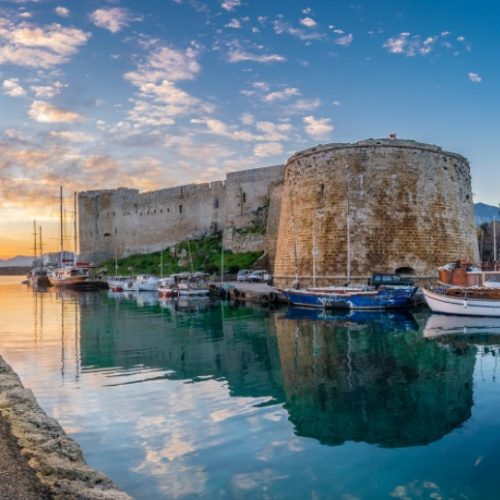
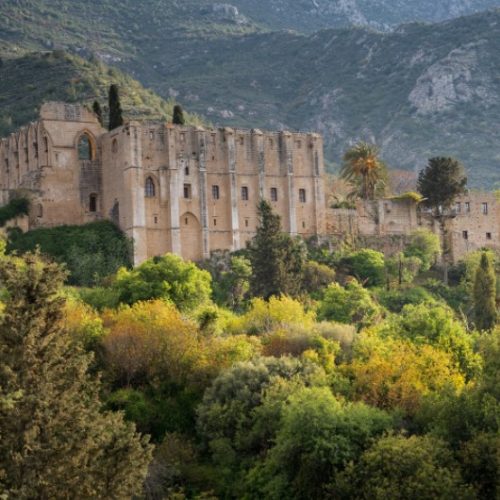
Bellapais monastery
The Bellapais Abbey is one of North Cyprus’ most tranquil locations. It was established at the start of the thirteenth century. The majority of the Bellapais Abbey that can be seen today dates from Hugh III’s reign. It is a lovely and exquisite structure that has been built in Gothic styles throughout its history. A machiocated gatehouse guards a small courtyard.
saint hilarion castle
Another must-see attraction in North Cyprus is St Hilarion Castle. In 670 meters, the castle is located near Kyrenia. It was called after a hermit who used to live on the peak. There were three floors to the castle. The upper level leads to Prince John’s Tower and royal apartments through a twisting and narrow staircase. It has a beautiful view of Kyrenia and the nearby villages.
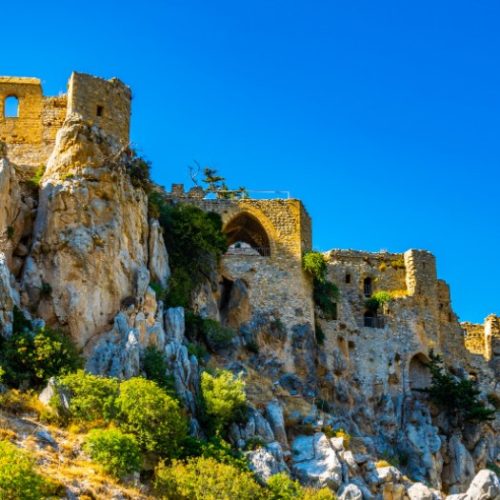
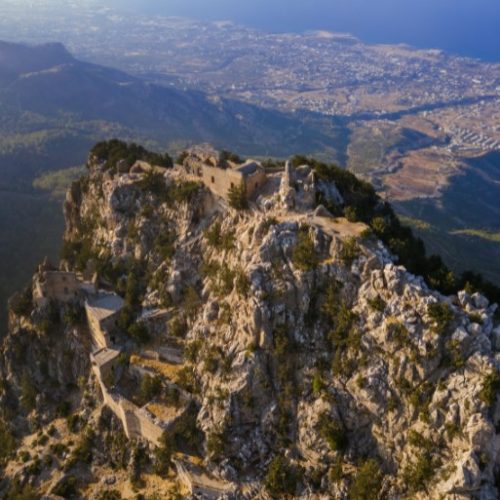
Buffavento Castle
Buffavento Castle is located 16 kilometers east of Kyrenia, North Cyprus. It is the highest castle in the world, at 954 meters, and offers the most stunning views. A 45-minute hike up the mountain way follows a 6.8-kilometer drive along a difficult road. It is an excellent architectural that you should not miss when visiting North Cyprus, despite the fact that it is mostly wrecked.
Kantara Castle
After Arab assaults, the Byzantines built Kantara Castle in 965 to dominate the Karpaz peninsula. It is the most accessible, standing at 610 meters. It was designed around the complete situation of the mountain summit on which it was constructed. It provides a spectacular view over the Karpaz peninsula and Salamis Bay, as well as Famagusta and other parts of North Cyprus, on clear days.
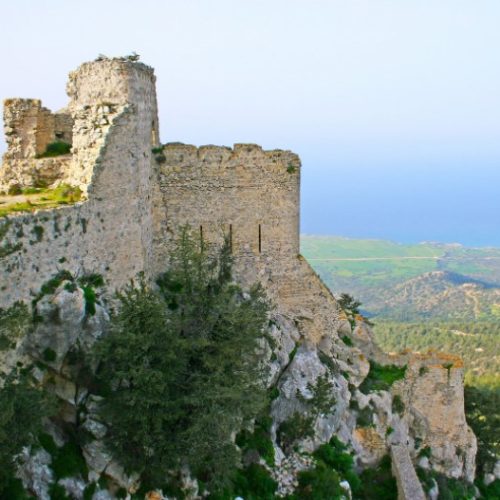
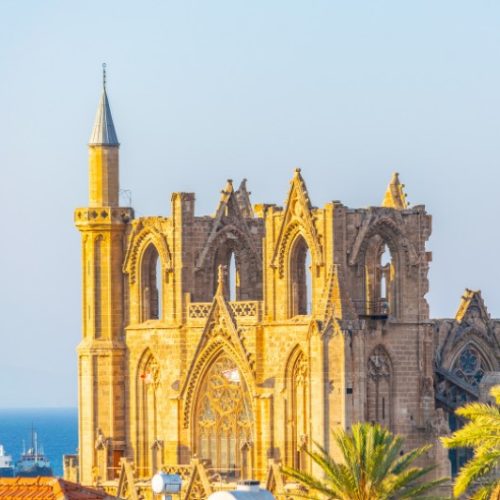
St Nicolas' Cathedral- Lala Mustafa Pasa Mosque
The most impressive monument in Famagusta is St Nicolas’ Cathedral. After being anointed as kings of Cyprus in Nicosia, Lusignan kings were crowned as kings of Jerusalem in their absence. The Ottomans converted the cathedral into a mosque and named it after the Ottoman General who invaded Cyprus.
SALAMIS ANCIENT
Salamis is one of North Cyprus’ most important and fascinating locations, located on the east coast. It was founded about the 12th century BC and had a long history until it was destroyed in the 7th century by Arab raiders, earthquakes, and tides. It is a huge city with many Roman structures and architecture.
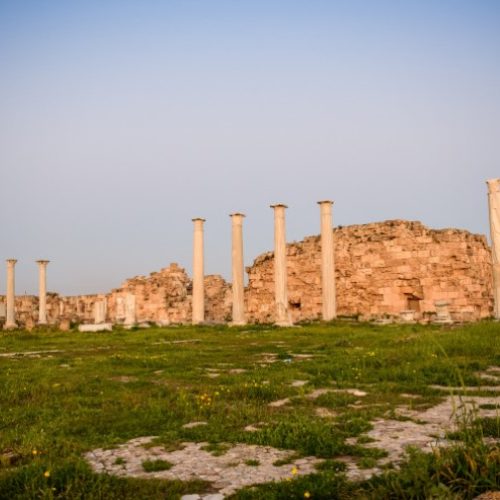
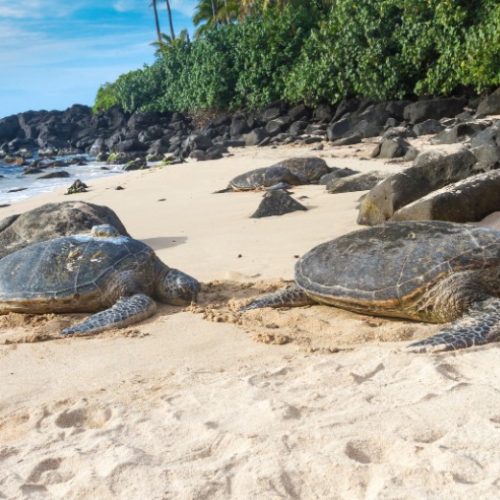
Turtle Beach
Turtle Beach is a sand beach that stretches for miles. The beach is marked because this is where green and loggerhead turtles lay their eggs during the summer. Local Cypriots are the majority of those that visit the beach. If you want to get a feel for the local culture, go visit Turtle Beach in North Cyprus.
Famagusta city-walls
The Lusignans built the city walls of Famagusta, which were initially tall and thin. To defend themselves against the Ottomans, the Venetians strengthened the fortifications against artillery fire. Martinengo Bastion is regarded as one of the greatest examples of 16th-century military construction in North Cyprus.
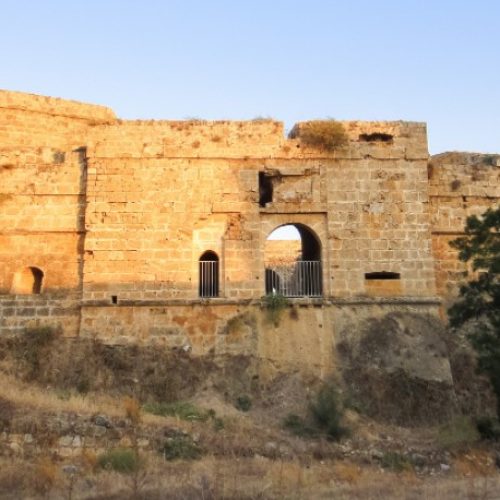
Some of the companies we are worked with











